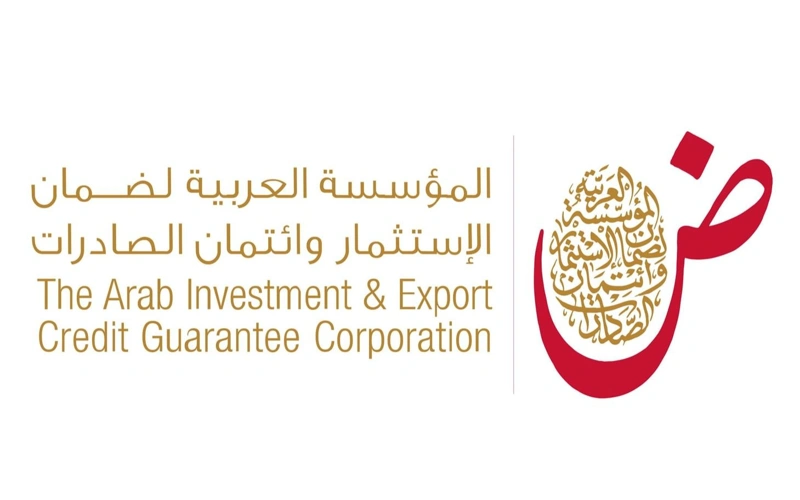Dhaman: Inter-Arab merchandise trade rose by 16.6% to exceed $250 billion in 2024
The Arab Investment & Export Credit Guarantee Corporation (Dhaman) revealed that Arab merchandise and service trade edged up by 4.5% to exceed $3.6 trillion in 2024 as a result of a rise in exports by 1.7% to $1.9 trillion, and a hike in imports by 7.8% to over $1.7 trillion, WAM reports.

In a press release on the occasion of the issuance of its second quarterly newsletter for 2025, the Corporation indicated that Arab merchandise trade grew by more than 5% to $2.8 trillion, driven by a 0.3% increase in commodity exports to $1.5 trillion, and an 11% rise in imports to over $1.3 trillion. Consequently, the surplus in the trade balance of goods declined by 43% to $167 billion in 2024.
It added that Arab merchandise trade rose to make up 5.6% of total global merchandise trade and 13.1% of total merchandise trade in developing countries in 2024.
Regarding commodity distribution, raw materials of all kinds represented 73% of total Arab exports, with fuel exports alone accounting for approximately 54% of total merchandise exports. Manufactured goods continued to account for the largest share of total Arab merchandise imports in 2024, making up 64% of the total.
The Corporation noted that the geographic concentration of Arab merchandise trade continued through 2024, with three Gulf countries, Egypt, and Iraq having made up a 76% share, with the UAE alone having accounted for more than 40% of the total.
As for trading partners, the newsletter’s data showed that the top 10 exporting countries to the region represented around 56% of total Arab merchandise imports, while the top 10 importing countries from the region accounted for more than 57% of Arab merchandise exports. China maintained its position as the region’s top trading partner, with a 16% share of total Arab merchandise trade.
The Corporation elaborated that inter-Arab merchandise trade (average exports and imports) surged by 16.6% to exceed $250 billion, making up a 9% share of total Arab merchandise trade in 2024, geographically concentrated in the Gulf countries, Egypt, and Iraq, with a share exceeding 88% of the total.
Concerning trade performance assessment indicators in 2024, the newsletter indicated an improvement in the average performance of Arab countries in indicators of trade openness, concentration and diversity of exports, and an increase in the number of vessels in the commercial fleet. However, average trade performance declined in indicators of export capacity, connectivity to the regular maritime navigation network, and an expansion in reliance on imports during the same year.
As reported previously, the WTO raised its forecast for global merchandise trade growth in 2025 to 2.4 percent, up from its previous projection of 0.9 percent made in August.
